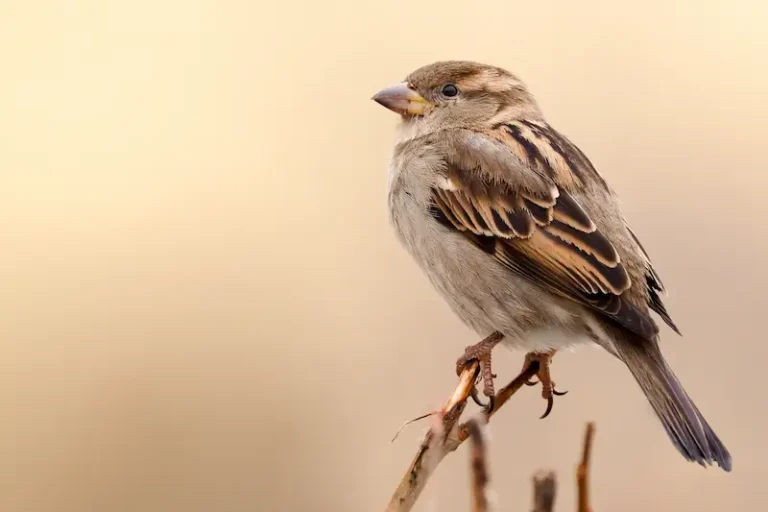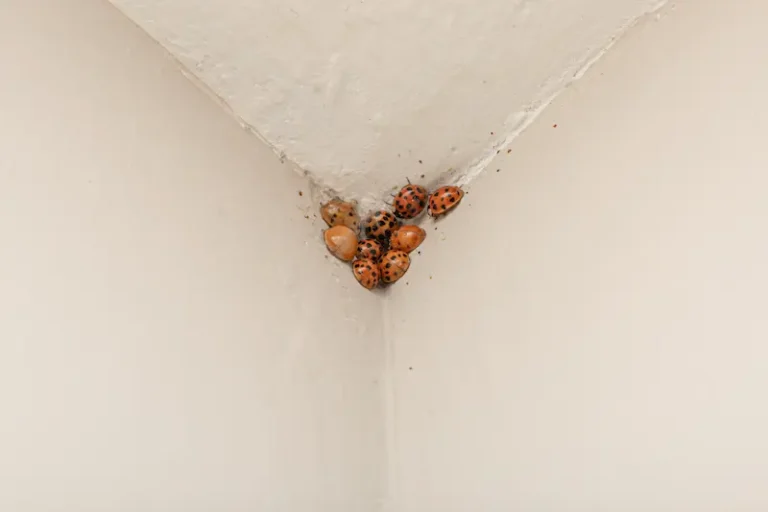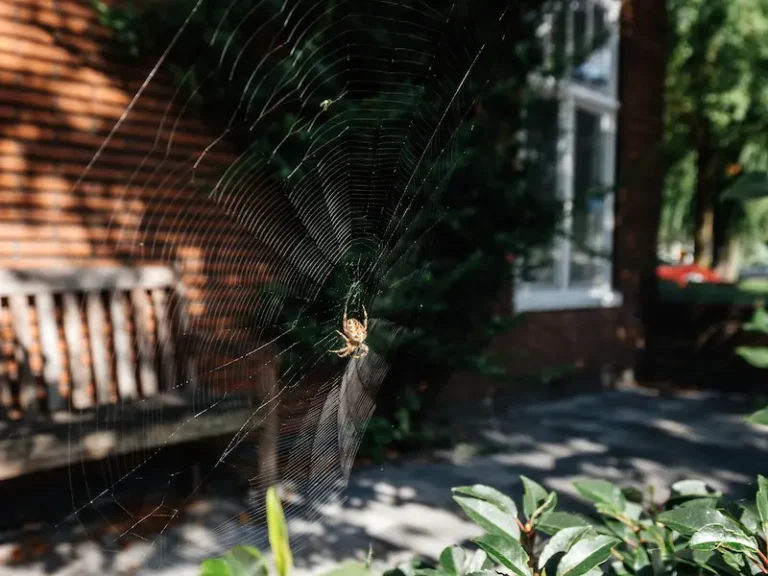Do you know that when you see carpet beetles in your home, those beetles are only a warning sign? Carpet beetles don’t damage your clothing, furniture, and other belongings. They eat pollen and nectar. So when you see them in your home and suck them up with a vacuum cleaner, you’ll only be sucking up the warning sign, not the bugs that are damaging your stuff. This is important to understand if you want to protect your belongings from being damaged.
The Warning Sign
Four species of carpet beetle can become a problem in Evansville homes. They are the common carpet beetle, the varied carpet beetle, the furniture carpet beetle, and the black carpet beetle. Varied carpet beetles and furniture carpet beetles look similar. They have a mixture of tan, black, and white coloration. Black carpet beetles are entirely black, and common carpet beetles are black, white, and fiery orange. These differences in coloration can be difficult to pick up on as carpet beetles are only about 1/16 of an inch long. That isn’t much more than a speck. If you see any of these beetles in your home, it is time to inspect their larvae.
The Larvae Of Carpet Beetles
Carpet beetle larvae are hairy grubs that appear orange or brown, depending on the species. These grubs can be found in feeding areas. You can find them in your bed, feeding on the natural fibers in your sheets and blankets. You can find them in your closet, feeding on wool sweaters and hats, or putting holes in a silk blouse. You can find them in your carpet but, if you do, they are more likely to be feeding on human or pet hair. Most modern carpets are made of synthetic fibers rather than natural fibers.
Carpet beetle larvae are small, but they’re not so small that you can’t see them. If you lift up a space rug that is made of natural fibers, you should be able to easily see hairy grubs climbing to the bottom. The larvae of carpet beetles prefer to be in darkness.
When Larvae Become A Real Problem
It is certainly bad when carpet beetle larvae feed on your belongings, but these pests become a much more difficult problem when they feed on other, hidden sources of food within your homes, such as a dead rodent, or lint in an air duct. When this occurs, you’ll start to find more and more carpet beetles in your home and not have a clue about where they’re breeding.
Pantry Pests
If the population of carpet beetles grows within your home, you could start to have issues in your pantry. There are foods in your pantry that are appetizing to carpet beetle larvae, and the adult beetles will lay their eggs near these sources of sustenance. You can prevent this by putting your pantry foods in sealed containers.
Carpet Beetle Or Bed Bug?
When carpet beetles get into your bed, you might think you have bed bugs. The hairs on the underside of carpet beetles can cause a rash when they come in contact with the skin. This rash will have lots of bumps, like the rashy bites left by several bed bugs.
What To Do About Carpet Beetles
If you have a small, isolated infestation that hasn’t gotten into a concealed location such as a vent, wall void, or attic space, you may be able to arrest an infestation by using these tips.
- Vacuum your rugs frequently. Be sure to vacuum near walls and be sure to get in closets that have rugs.
- Wash items that are being eaten by carpet beetle larvae. The heat of a dryer cycle is enough to kill carpet beetle larvae.
- Take dry clean only items to the dry cleaner. When you bring these items home, store them in plastic totes to protect them from damage.
If you have an infestation that is not small or isolated, it is best to take action and contact Action Pest Control for ongoing home pest control services. We use EPA-approved products to break the cycle of infestation, and we deploy these products strategically to ensure the best results. There is no better way to stop carpet beetles in their tracks.



